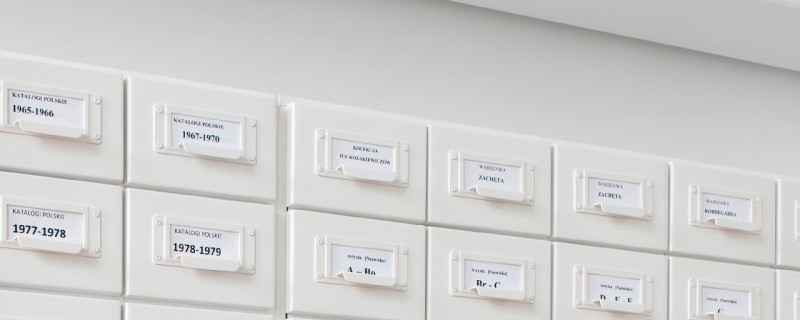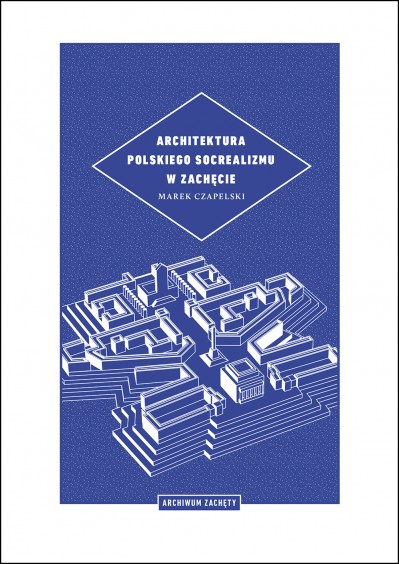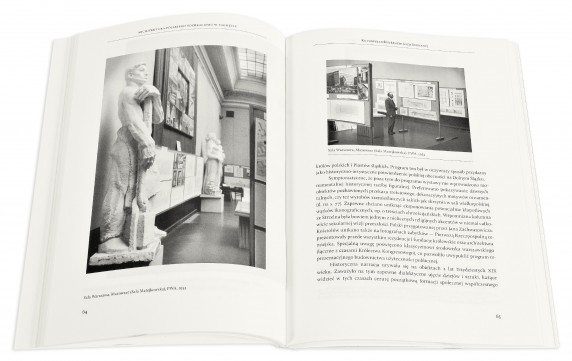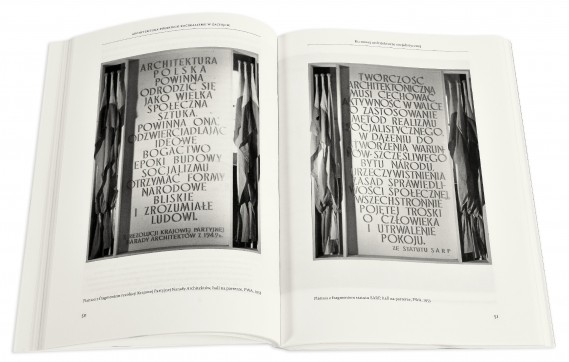
Documentation and library
year of publication: 2016
author: Marek Czapelski, PhD
edited by: Gabriela Świtek, PhD
graphic design: Daria Malicka
publisher: Zachęta — National Gallery of Art
ISBN: 978-83-64714-31-3
ONLY IN POLISH
The book is the third publication in the Zachęta Archives series. Started in 2012, the series presents scholarly studies, based on archival materials, devoted to the Zachęta Gallery's history and activities, as well as books on the contemporary visual arts.
The Zachęta Gallery played an important role in projects, initiated in 1949, aimed at radically reorienting Polish architects’ thinking about the goals of contemporary architecture, the ways of creating it, and the criteria by which to judge it. It was the site of the First National Exhibition of Architectural Designs, a highly publicised ‘production meeting’ (1951), and the First General Exhibition of the Architecture of People’s Poland (1953). The latter, opened three days after Stalin’s death, became the last comprehensive demonstration of the socialist-realist vision of Polish architecture. Marek Czapelski’s book is a thorough scholarly analysis of the historical and political circumstances affecting both events. It includes a comprehensive documentation: lists of projects presented at both shows, basic bibliography, and a selection of source materials, e.g. a speech by Roman Piotrowski and a preliminary paper by Juliusz Żakowski, both presented at the 1951 exhibition, or a selection of press reviews from titles such as Kurier Codzienny, Słowo Powszechne, Stolica, Sztandar Młodych, Wola Ludu, Żołnierz Wolności or Życie Warszawy . Iconographic material includes photographs of exhibi- tion views, reproduced in the Architektura monthly and preserved by the Zachęta's Documentation Department, and reproductions of scenography designs of the First General General Exhibition of the Architecture of People’s Poland, kept at the Association of Polish Architects’ archive in Warsaw. A reconstruction of both exhibitions and of the related events shows the ideological pressure that the designers were subject to and the growing difficulties that the organisers faced in trying to reconcile the officially decreed idiom of Polish socialist architecture with the socio-economic realities of the era. A critique of the General Exhibition, presented at the National Meeting of Architects in 1953, became one of the harbingers of the upcoming ‘Thaw'


